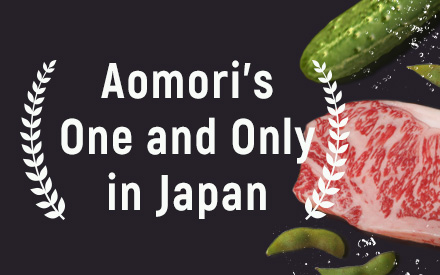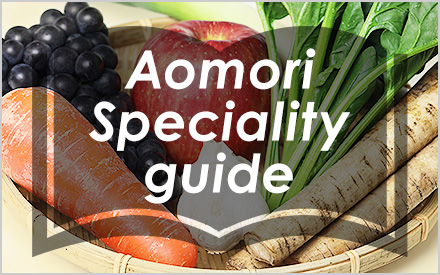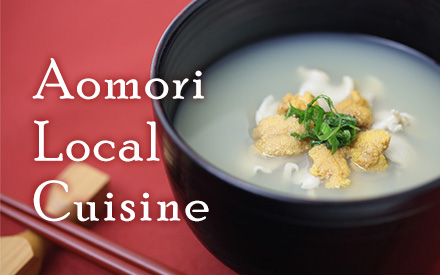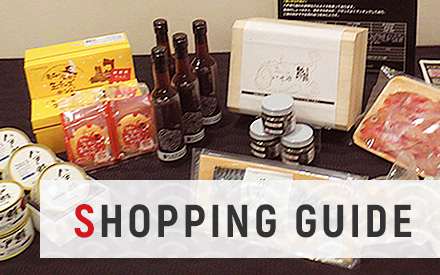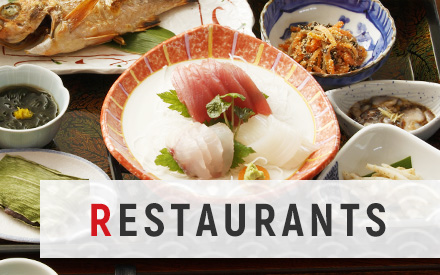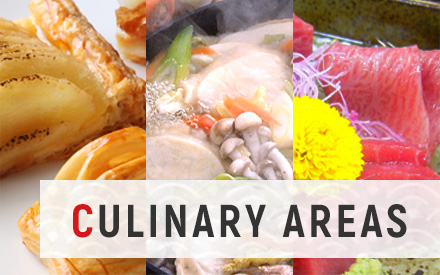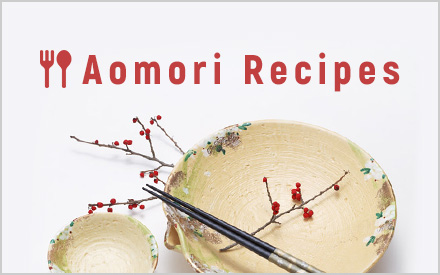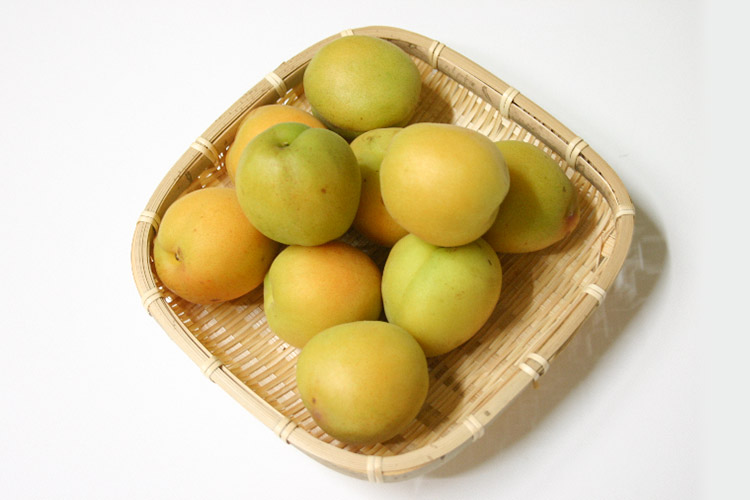
Ume plums have long been known as a healthy food and have increased in popularity in the form of umeboshi (dried ume), pickled ume, and umeshu (plum wine). The Kennan region around Nanbu is the major producing area of ume and apricots in Aomori. The main ume variety is Bungo, and the main apricot variety is Hachisuke.
Ume has its origins in China and is said to have been brought to Japan in the 6th century. Plum blossoms are often mentioned in the poetries of Manyoshu (anthology of Japanese poetry) and it is believed that consumption of ume as food began around the middle of Edo period. Apricots were also brought to Japan from China in ancient times. During the Edo period, apricot seeds were used for medicinal purpose.
The apricot variety Hachisuke is characterized by its large size. On average, this variety of apricot is thirty percent larger than other breeds. The crisp texture of the fruit is also unique to this variety. In addition, Hachisuke is both sweet and acidic whereas most apricots are more sour than sweet. While apricots are commonly made into dried apricots, preserves, and jams, the taste and texture of Hachisuke also make it excellent for umeboshi (shiso wrapped dried apricot).
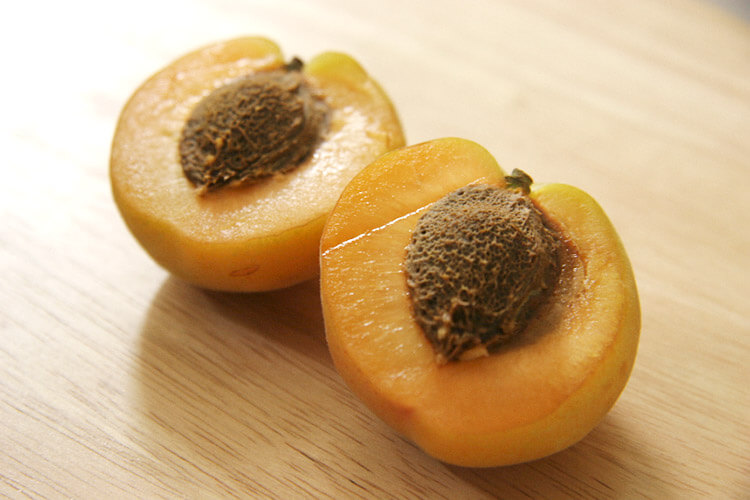
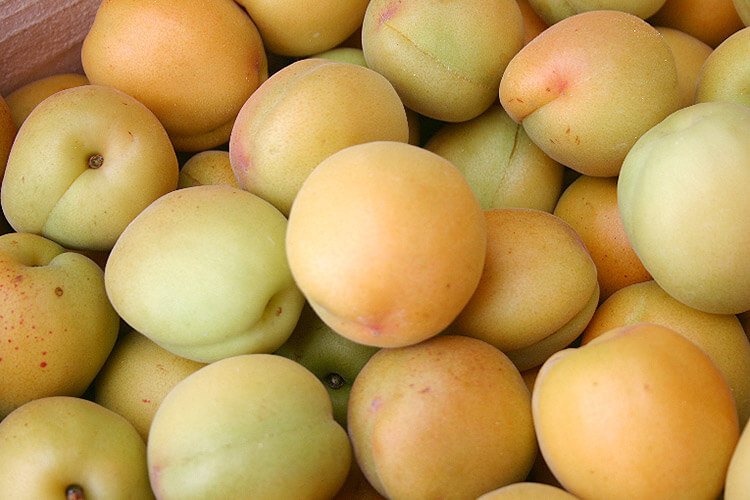
Distribution Season
in season
| Jan | Feb | Mar | Apr | May | Jun | Jul | Aug | Sep | Oct | Nov | Dec |
|---|---|---|---|---|---|---|---|---|---|---|---|
Find a restaurant or store
Depending on the season and weather, this product may not be available.


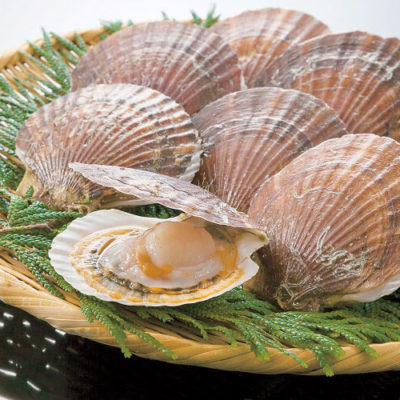 Sea Scallops
Sea Scallops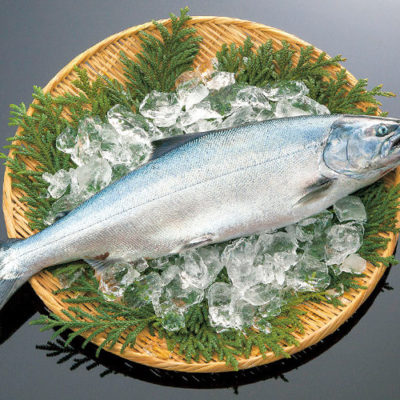 Masu (Sea Trout)
Masu (Sea Trout)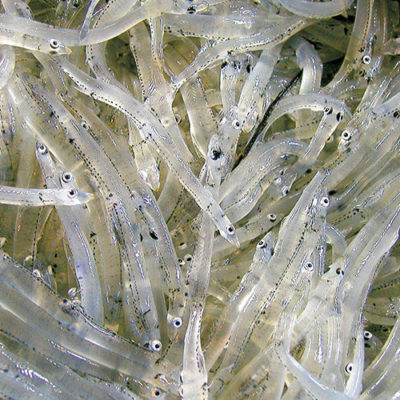 Icefish
Icefish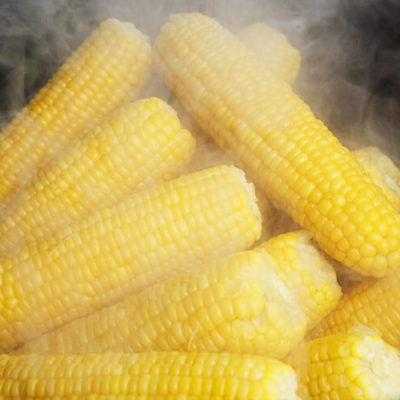 Dake-kimi
Dake-kimi
